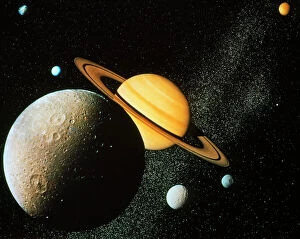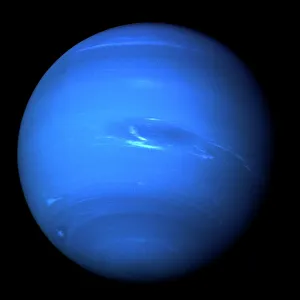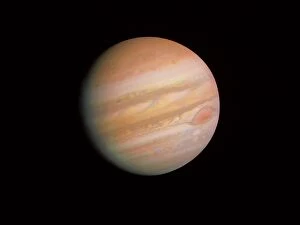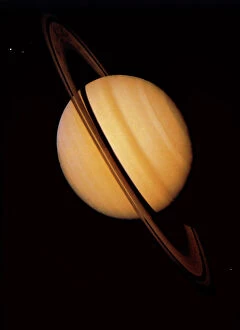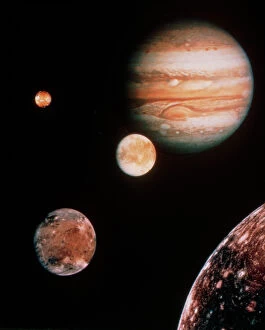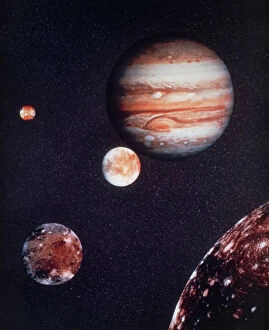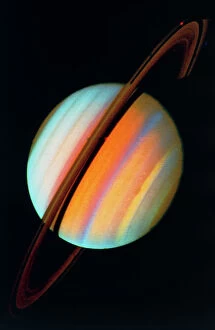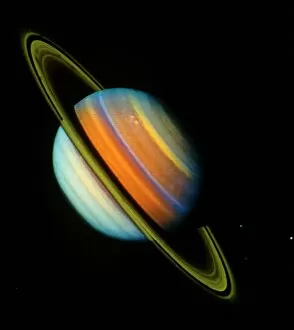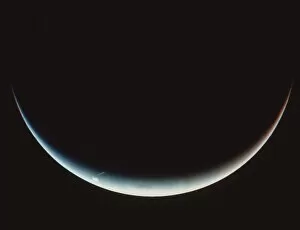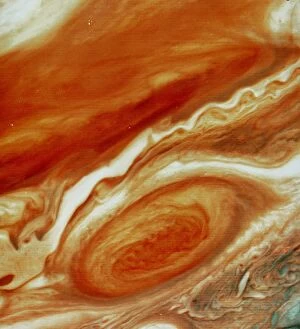Voyager Imagery Collection
"Unveiling the Mysteries of the Cosmos: A Glimpse into Voyager Imagery" Embarking on an interstellar odyssey, Voyager 2 captured a mesmerizing image of Neptune
For sale as Licensed Images
Choose your image, Select your licence and Download the media
"Unveiling the Mysteries of the Cosmos: A Glimpse into Voyager Imagery" Embarking on an interstellar odyssey, Voyager 2 captured a mesmerizing image of Neptune, unveiling its enigmatic beauty to humanity. A celestial masterpiece emerged as Voyager I meticulously composed Saturn and six of its moons in a stunning composite, showcasing the grandeur of our neighboring planet. Jupiter's majestic allure was immortalized by Voyager 1 through a captivating photograph that revealed its swirling storms and intricate cloud formations. Saturn, adorned with its ethereal rings, stood proudly before Voyager 1's lens, accompanied by three enchanting moons that added an otherworldly charm to this cosmic portrait. Intricate details came alive as Voyager expertly crafted a mosaic capturing Jupiter and its four Galilean moons R370 / 0003 - a breathtaking testament to the vastness of our universe. Witnessing the dance between Jupiter and its four loyal companions, another composite image unveiled their harmonious existence against the backdrop of infinite space. Voyager 1 ventured further into Saturn's realm, offering us an awe-inspiring glimpse at this gas giant and its magnificent ring system - an unparalleled spectacle that left us spellbound. The volcanic plume of Loki on Io materialized before our eyes thanks to Voyager's extraordinary imagery - revealing nature's raw power etched onto one of Jupiter's intriguing moons. Delving deeper into Jupiter's secrets, atmospheric waves gracefully undulated across this colossal planet’s surface – painting a mesmerizing picture only possible through Voyager’s lens. Saturn once again took center stage as Voyager 1 presented us with an exquisite photograph capturing both this celestial wonder and its resplendent ring system – forever etching it in our collective memory. Jupiter’s iconic Great Red Spot stole the show as seen through Voyagers' keen eye – unraveling one of astronomy’s most enduring mysteries while leaving us in awe of the universe's boundless wonders.

